
Twitter alternative SPILL takes off online
With more limits and money-based restrictions than ever, Twitter isn't doing much to reassure users
2023-07-04 23:02

Connor boots go-ahead field goal to cap Castellanos-led rally in Boston College's win over Virginia
Liam Connor kicked a 42-yard field goal with 2:11 remaining and Boston College rallied with 20 points in the second half to beat winless Virginia 27-24
2023-10-01 06:06

Former Spanish king hints at return to public life after winning UK harassment case
LONDON (Reuters) -Spain's former King Juan Carlos hinted at a return to public life on Friday after he won a
2023-10-06 21:59

Gymnastics queen Biles returns to world stage in Antwerp
Freed from her "twisties", gymnastics superstar Simone Biles returns to the global stage at the world championships which start in Antwerp on Saturday, with the 2024 Paris Olympics in her sights after a two-year...
2023-09-29 20:59
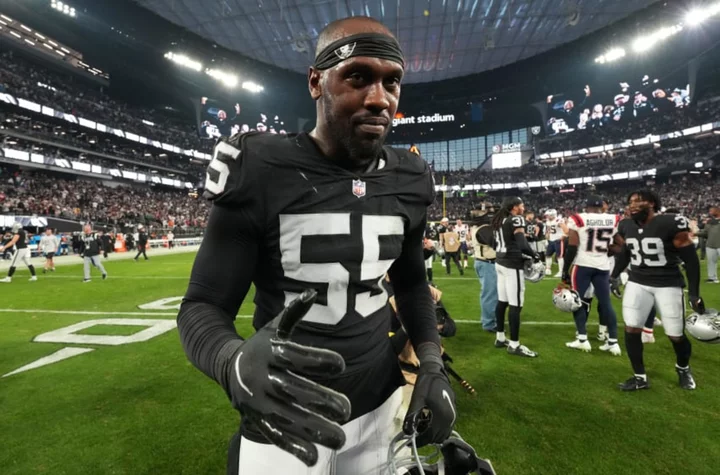
Chandler Jones makes disturbing accusations about stay at mental health hospital
Chandler Jones posted on social media about being put on a court hold by the Las Vegas police and being checked into a mental health hospital "against his will."
2023-09-26 10:29

Georgia Republicans advance new US House map that maintains their edge
By Joseph Ax Georgia Republicans on Friday unveiled a proposed map of U.S. House of Representatives districts in
2023-12-02 07:44

Exclusive-India's BPCL in talks with Rosneft to buy oil priced on Dubai benchmark -sources
By Nidhi Verma NEW DELHI Indian state-run refiner BPCL is in talks with Rosneft to buy about 6
2023-06-23 11:55

Ferrari team boss fumes over damage to Sainz car in Las Vegas: ‘Just unacceptable’
An incident with a manhole cover that damaged Carlos Sainz’s car on the Las Vegas Grand Prix track is “just unacceptable”, Ferrari team boss Frederic Vasseur has said. The first practice session on Thursday night (16 November) was cancelled after just nine minutes when Sainz hit a drain cover that had come loose. Vasseur said the car suffered a damaged chassis, engine and battery in the incident, and would miss the second practice session. “I think it is just unacceptable,” he told Sky Sports F1 in the team principal news conference.
2023-11-17 19:06

Tom Durden, Georgia DA who ordered takeover of stalled Ahmaud Arbery investigation, dies at 66
The longtime Georgia prosecutor who called in state investigators to build a case against the men who killed Ahmaud Arbery has died
2023-07-29 03:21

Miyazaki's likely swan song charms Toronto as film fest opens
The Toronto International Film Festival opened Thursday with admiring applause for "The Boy and the Heron," Japanese animation master Hayao Miyazaki's likely last movie -- a meditation on love, loss...
2023-09-08 12:03

Australia pushes lead to 374 against India on Day 4 of world test final
Australia’s lead has grown to 374 against India at the expense of two more wickets on the fourth morning of the World Test Championship final at the Oval
2023-06-10 19:50
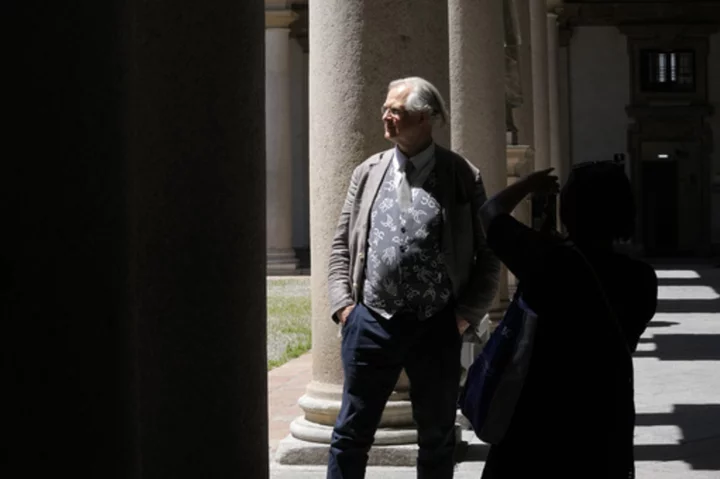
Italy might stop hiring foreign museum directors. The head of Milan's Brera hopes to leave his mark
The British-Canadian director of Milan’s Brera Gallery was hired in 2015 after the Italian government launched reforms that for the first time brought in foreign museum directors
2023-06-25 15:09
You Might Like...

UnCruise Adventures’ Summer Flash Cruise Sales Will Save Guests Thousands in Airfare Credits

Leverkusen slay Bremen to return to Bundesliga summit
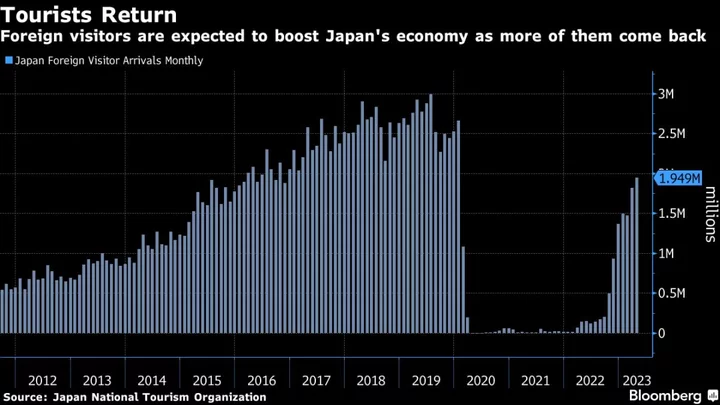
Japan’s Rapid Return of Tourists Helping Fuel Inflation for BOJ
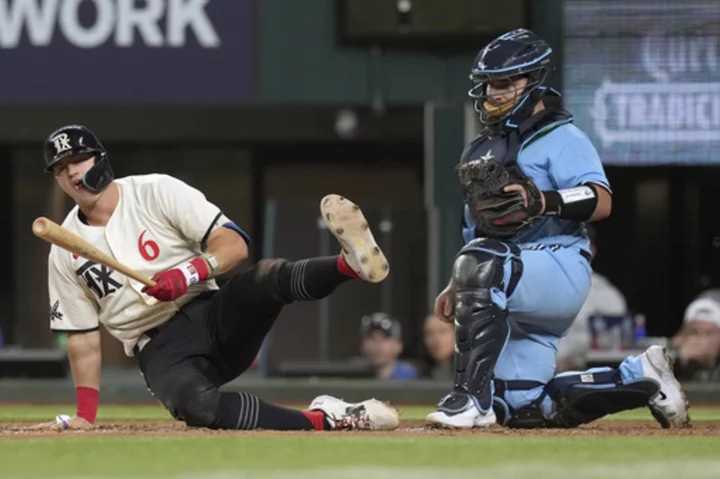
Catcher Alejandro Kirk activated off injured list by Blue Jays
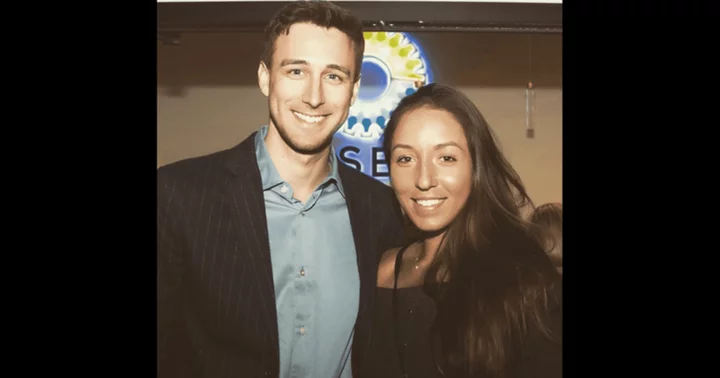
Who is Jessica Pegula's partner? Billionaire tennis star got married in 2021 at Biltmore Estate

How to install the free iOS 17 developer beta

SpaceX smashes rocket launch record as Musk eyes historic Starship mission

Oscar Pareja: Lionel Messi should've seen 'double yellow' in Leagues Cup clash
